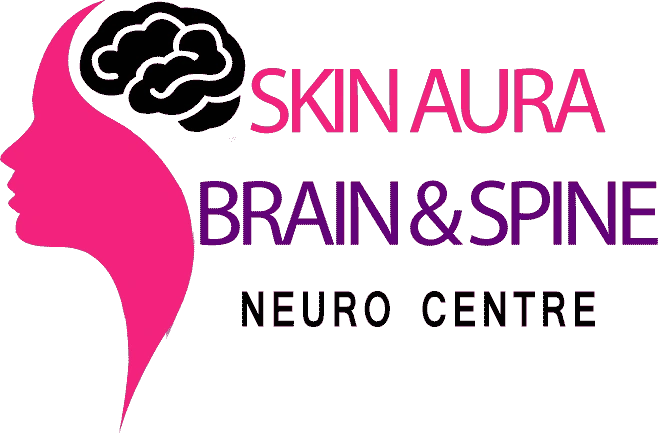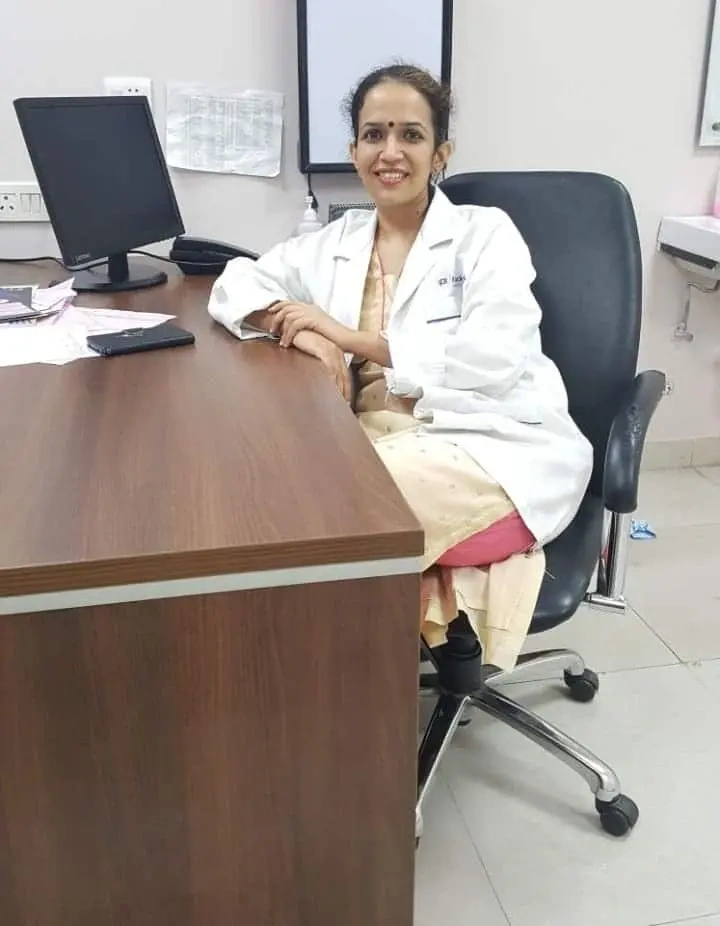Non-compressive myelopathy
Non-compressive myelopathy encompasses a large range of disease entities ranging from demyelination, infection, nutritional, toxic, heredo-familial to degenerative conditions. The disease spectrum is somewhat different in India as compared to the western countries, where infections and nutritional causes are less common and demyelinating and familial causes are the leading causes. Various studies on non-compressive myelopathy from India have been in the pre magnetic resonance imaging (MRI) era. With the advent of MRI which is a very sensitive modality for the intramedullary spinal lesions it has become pertinent to have a relook at the profile of non-compressive myelopathies in India. Acute transverse myelitis (ATM), is an acute or sub-acute spinal cord dysfunction characterized by paraplegia, horizontal level of sensory impairment and sphincteric disturbances in which secondary causes like compression, infections, arteriovenous malformation, trauma and malignant infiltration have been excluded.
This disease has particularly invoked great interest amongst neurologists as it strikes apparently healthy individuals in the prime of their lives, who are left with variable degree of sequelae. There are a number of studies covering various aspects of this illness including prognostic factors and differentiation of ATM from the first attack of myelopathic form of multiple sclerosis. In this paper we want to present our experience with various non-compressive myelopathies with particular reference to ATM encountered during the last two years.


